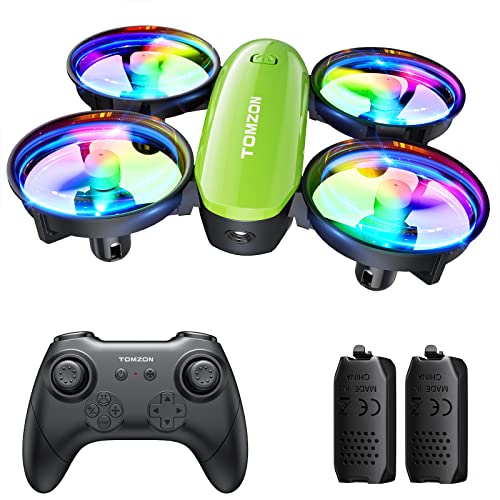By using our website, you accept our use of cookies in accordance with our Cookies Policy.
Drones, also known as UAVs (Unmanned Aerial Vehicles), are aircraft without a human pilot onboard. They can be remotely controlled or fly autonomously through software-controlled flight plans in their embedded systems.
There are various types of drones available today, ranging from mini drones that fit in the palm of your hand to larger commercial drones used for professional photography or agriculture. Some drones are designed for specific purposes like racing, photography, surveillance, or even delivery.
Drones are equipped with multiple rotors and propellers that provide the lift needed to fly. They have sensors such as GPS, gyros, accelerometers, and sometimes even cameras or other specialized equipment to navigate and perform specific tasks.
Before operating a drone, it's crucial to understand and follow the regulations set by the aviation authorities in your country. Safety measures like keeping drones away from airports, flying below a certain altitude, and maintaining line of sight are essential to prevent accidents and ensure responsible drone usage.
Drones have numerous applications across various industries, including photography, filmmaking, agriculture, construction, search and rescue operations, and environmental monitoring. They can access remote areas, gather data efficiently, and perform tasks that may be dangerous for humans.
















































































































































